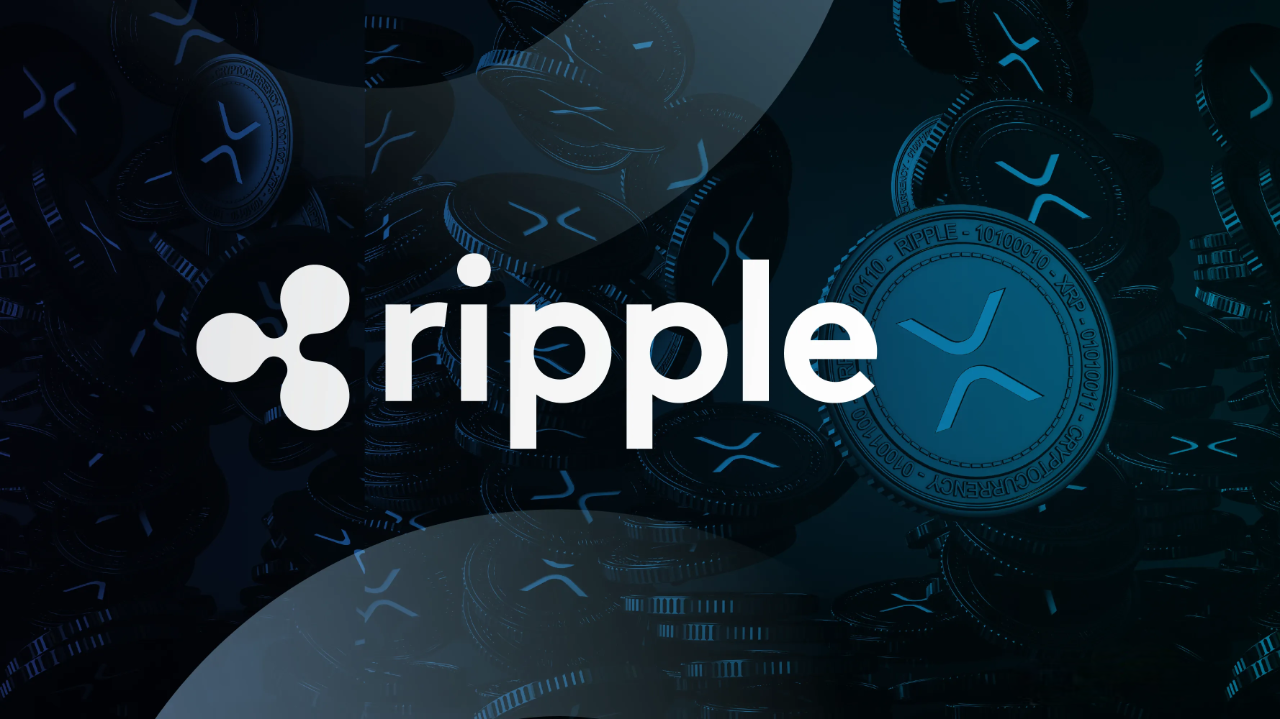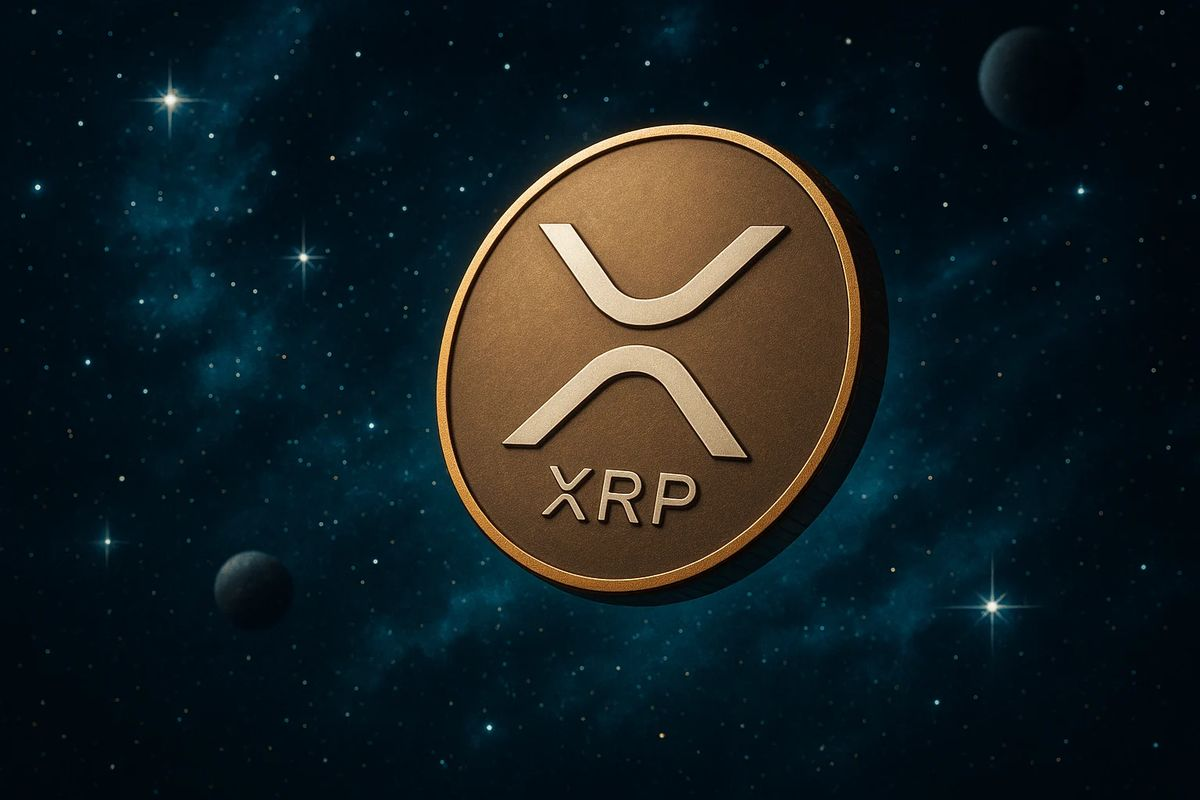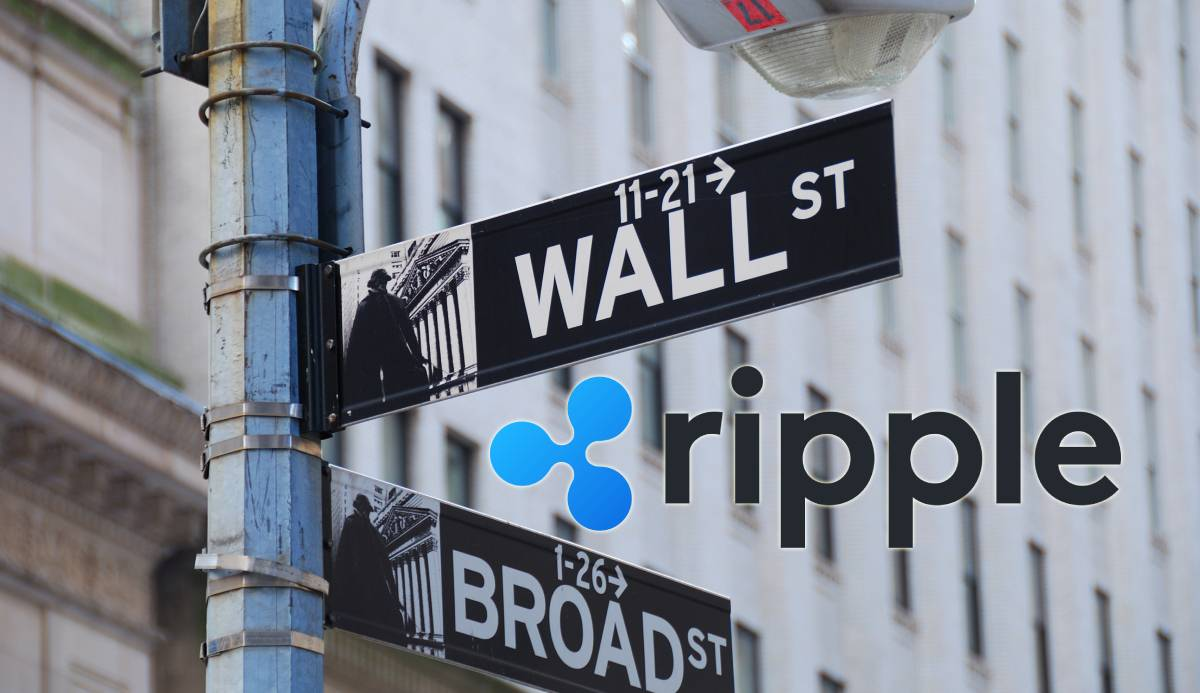The $40 Billion Question: Is Wall Street Buying Ripple's Tech or Its Discounted $80B XRP Stash?
The $40 billion valuation is fundamentally a shrewd financial maneuver to acquire Ripple's $80 billion XRP reserve at a discount.

Key Takeaways
- The $40 billion valuation is fundamentally a shrewd financial maneuver to acquire Ripple's $80 billion XRP reserve at a discount.
- The deal proves the market prioritizes primitive capital strength and liquidity control over the platform's technological utility or revenue.
- The financing provides Ripple with the necessary operational cash, allowing it to fund acquisitions and avoid a catastrophic XRP market sell-off.
The financial world was recently stunned by a major piece of news: Ripple Labs announced a massive new funding round, valuing the company at $40 billion. The list of investors includes some of the biggest names in finance, such as Citadel Securities and Fortress Investment Group.
This figure immediately sparked intense debate, particularly because of a crucial structural detail: Ripple itself holds a staggering $80 billion worth of XRP tokens in its treasury.
This structural disconnect—a company valued at $40 billion that already owns double that amount in liquid assets—is the heart of the mystery. Is Wall Street truly buying into Ripple’s technology and business model? Or is this, as many analysts suspect, a sophisticated maneuver to acquire the company’s vast, discounted XRP stash? This article breaks down the numbers to reveal the real financial logic behind the deal.
The Heart of the Mystery: Business Revenue VS. Asset Stash
To understand why Wall Street is skeptical of the $40 billion valuation, one must look past the headlines and examine the company's internal financial structure. The problem is a massive disconnect between operational value and asset holdings.
The Minimal Operational Revenue
Industry critics—including prominent venture capitalists—have voiced a sharp skepticism that challenges the official narrative: they argue that the company itself, separate from its token holdings, generates negligible value.
- Expert Opinion and Data: Anonymous investors cited in reports claim that "the company itself is worthless outside of the XRP holdings."
This harsh judgment is underpinned by financial realities: the XRP Ledger's core transaction fee mechanism generates minimal revenue (reportedly less than $200,000 per month). This paltry sum simply cannot justify a multi-billion dollar valuation based on traditional business metrics.The core technology and business operations are demonstrably not the source of the company's current estimated value.
The $80 Billion XRP Asset Stash
In stark contrast, the company owns an astonishing asset reserve. As part of its early distribution strategy, Ripple Labswas granted 80 billion of the total 100 billion XRP supply—a massive concentration of wealth, held primarily in secure escrow.
- Current Holdings and Value: The company still holds approximately 34.7 billion XRP, which, at current market prices, gives it a nominal market value of well over $80 billion.
- The Structural Paradox: The company's $40 billion valuation—the price investors are willing to pay—is exactly half the value of its own liquid asset holdings. This structural paradox immediately suggests that the deal is fundamentally about acquiring the discounted asset, not buying the underlying business.

The Hidden Logic: Why Wall Street Pays the Premium
The transaction is not a bet on technology. It's a shrewd financial calculation based on liquidity management and strategic positioning.Wall Street is willing to pay a premium on the stock—which is valued lower than its assets—because the deal unlocks critical financial and strategic benefits unavailable on the open market.

The Discounted Acquisition of Liquidity
The core mechanism of the deal is simple: institutional buyers are acquiring XRP at a massive, structured discount(approximately 50% off its nominal market value). This maneuver is driven by the reality that acquiring 34 billion XRPon the open market is impossible without crashing the price.
This private placement allows top-tier investors to secure a massive position with price predictability. This stability is crucial for institutions that require predictable entry prices and minimal slippage. Viewed through the lens of a Digital Asset Treasury (DAT), the investment is essentially a specialized, discounted asset purchase, which is often far more appealing than buying the asset directly.
Ripple's Strategic Gain
For Ripple Labs, the financing provides essential cash flow while protecting the market's stability.
The financing brings two vital benefits: First, the $500 million in cash provides the company with the necessary capital for operations and strategic acquisitions (like Hidden Road and Metaco) without forcing the sale of its XRP holdings. Second, this method allows Ripple to avoid market panic. Selling the large XRP reserve on the open market would signal extreme distress and likely trigger a crash. The financing allows Ripple to maintain the illusion of strength while securing the necessary operational cash.
The Final Reality of Capital Over Code
The saga of Ripple's financing is not merely a business story; it is a structural snapshot of the broader crypto industry’s transition from idealism to capital realism.
The Triumph of the Balance Sheet
Ripple's success in securing a massive private valuation demonstrates a critical shift: the market currently values primitive capital strength over pure technological utility. The financing proved that a company with an $80 billion asset stash can maintain a high valuation and continue strategic acquisitions, even if its core technology is deemed ineffective or obsolete by venture capitalists.
This structural reality delivers a profound lesson: The ability to raise cash through discounted asset sales (using XRP as capital) is simply more valuable for corporate survival than the low transaction fees generated by the XRP Ledger.
Ripple's story is a clear signal that the industry has fully embraced the language of traditional finance. The sophisticated transaction is not a bet on the future of decentralization, but a shrewd calculation on asset value and liquidity control—the oldest rules in the financial playbook.
Cwallet: Your Secure Command Center for New Crypto Finance
Cwallet is built on the vision that digital asset management should be secure, effortless, and entirely in your hands. It provides a fortified, all-in-one platform designed to secure your entire portfolio, supporting over 1,000 cryptocurrencies across 60+ major blockchains. Cwallet is dedicated to making crypto practical for today, ensuring your digital wealth maintains real-world liquidity. The revolutionary Cozy Card instantly transforms your secure holdings into a flexible payment solution, enabling global, secure spending everywhere cards are accepted. This commitment extends to engaging trading tools, including zero-fee Memecoin/xStocks and interactive Trend Trade/Market Battle, allowing you to actively participate in the market.Cwallet provides unparalleled utility, from HR Bulk Management for corporate efficiency to easy Mobile Top-ups, proving it's designed for every use case. Cwallet empowers you to navigate the future of finance with confidence and control. Join millions who are transforming the way they manage their digital wealth.
Official Link
Official Site: https://cwallet.com
Twitter: https://twitter.com/CwalletOfficial
Disclaimer
This content is strictly for informational and educational purposes only. It does not constitute financial, investment, legal, or tax advice, nor is it an offer or solicitation to buy, sell, or hold any digital asset. Crypto assets involve high volatility and risks, and their value can fluctuate greatly. Readers must be aware of and adhere to the relevant local laws and regulations concerning digital assets in their specific jurisdiction, as product availability may vary. All investment decisions must be based on your own research (DYOR) and risk assessment. Some content herein may be generated or assisted by artificial intelligence (AI) tools. The author and platform assume no liability for investment losses.
